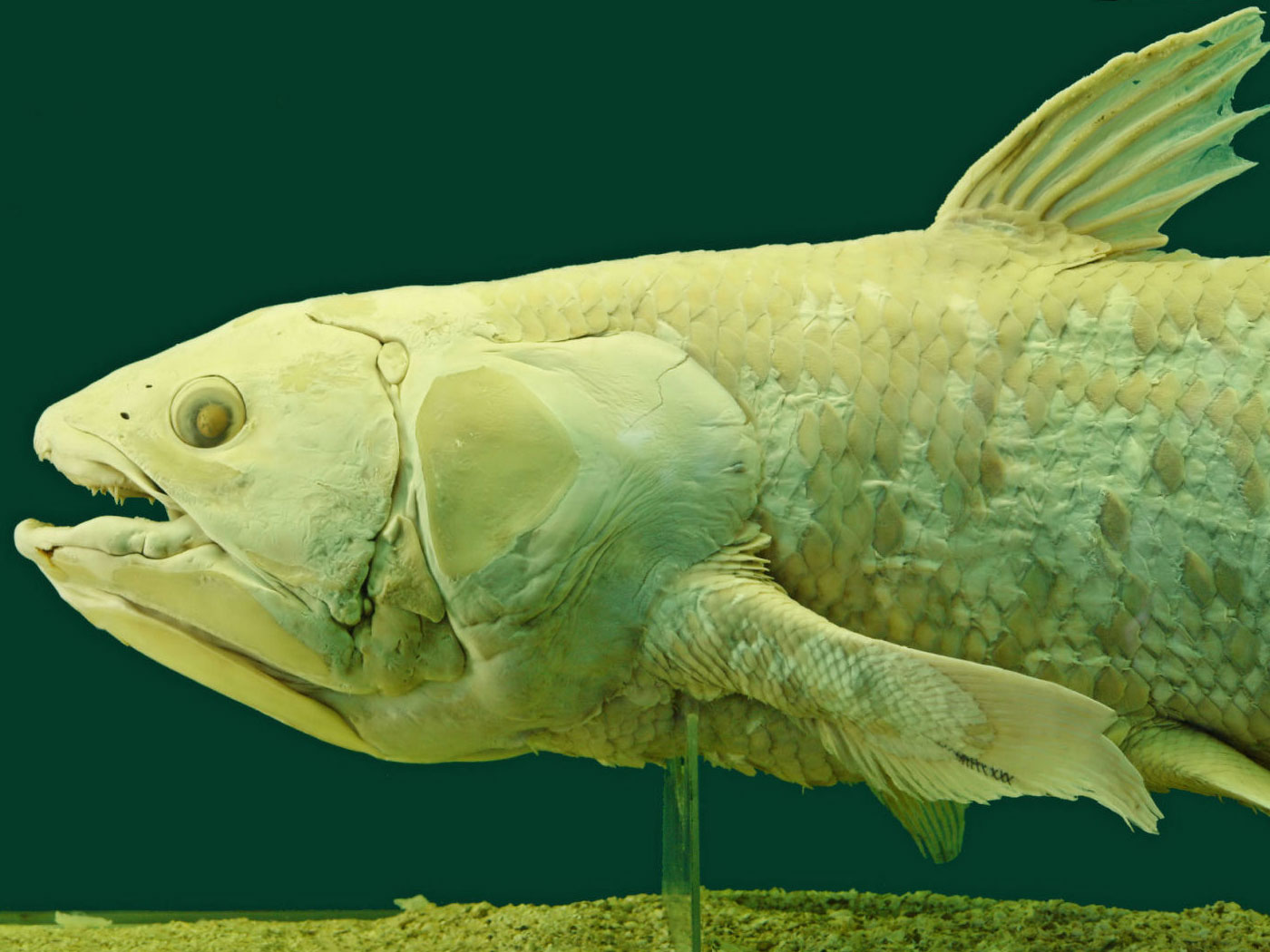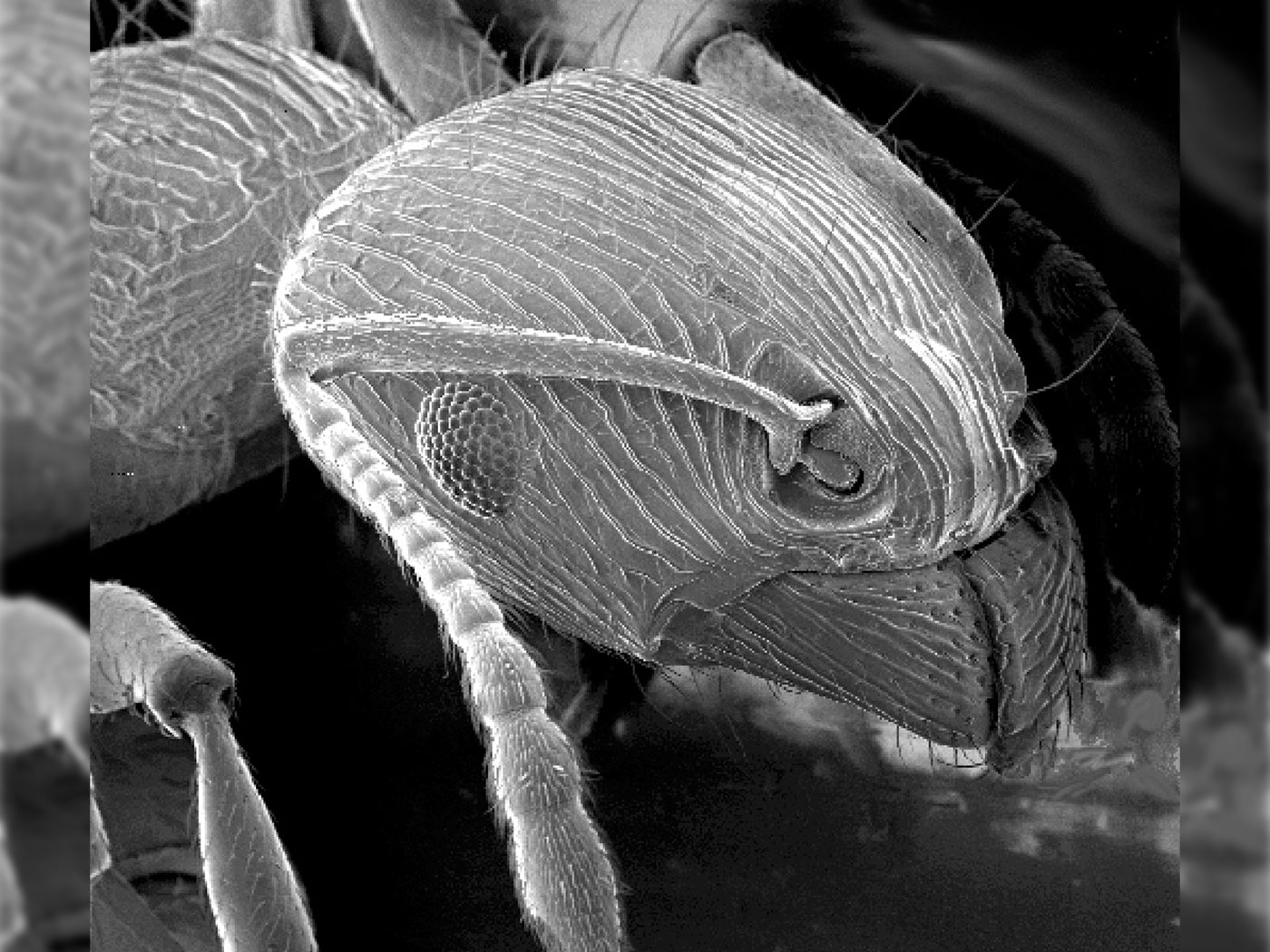Researchers recently discovered the world’s first pterosaur landing footprints, and the find has revealed precise coordination and other features in these mysterious flying reptiles. In a study published in Proceedings of the Royal Society B, co-author Kevin Padian and his colleagues examined some of the anatomical and behavioral features of these creatures, which are presumed to be extinct.
Based on skeletal anatomy and footprints, both found in fossilized form, it is known that pterosaurs walked on all fours. Their wings folded back so that they could walk on special forefeet located on their elbows. Their hind legs were situated underneath their bodies―like those of birds, mammals, and dinosaurs―and not out to the side like today’s four-legged reptiles.
Pterosaurs may even have been able to run on all fours. But until now, nobody has described their landing pattern. And landing correctly is critical, as any pilot will attest.
Based on the new study, a pterosaur first landed with both hind feet down, as shown by the sudden appearance of two tracks side by side with no tracks behind them. Then, it took a step forward as its wings quickly folded and its front limbs contacted the ground. The distance between the first, second, and subsequent sets of prints indicated that the creature did not use its feet to slow itself. The researchers inferred “that, like most birds, these pterosaurs used their wings to stall before landing,” instead of making a running landing like ducks do.1
This gentle landing technique required well-coordinated specifications to many body parts, programmed behavior (or instinct), and various sensory instruments. Whether it raised its wings to slow itself or did so by flapping cannot be deciphered from the prints, “however, either possibility requires sophisticated flight apparatus and neural control.”1
The evidence shows that pterosaurs were “strong, maneuverable flyers.”1 But how did they become so?
The claim that they evolved flight naturally, complete with their precise landing skills, defies common sense. The correct wing area and shape, body weight, bone articulations,2 muscular strength and attachment points, nerve coordination—as well as integrated visual, wind, and balance detection—were all required just to make one landing. Remove or significantly alter even one feature and the poor creature would have “landed” in a heap, likely causing injury and making itself easy prey.
And if the transitional ancestors of pterosaurs were broken and eaten (and dead), they would not have been able to reproduce or evolve. Thus, all of their biomechanical and other specifications must have been present at the same time in the very first pterosaur.3 And this is just what occurred on Day 5 of the creation week, when God created all the creatures that fly—whether mammal, bird, or reptile.4
References
- Mazin, J.-M., J.-P. Billon-Bruyat and K. Padian. First record of a pterosaur landing trackway. Proceedings of the Royal Society B. Published online before print August 19, 2009, accessed August 20, 2009.
- Pterosaurs were totally unique in that their wing digit flexed outward, so its wings folded out and up like the wings of jet fighter planes on aircraft carriers. In other tetrapods, the digits fold down and in.
- Further evidence that pterosaurs did not evolve is that there is a total lack of transitional forms showing any kind of descent from other reptiles. Their unique morphology stands far apart from other forms. Attempts to reconstruct how they could have evolved the ability to fly often only focus on biomechanical structures, not the nervous, muscular, biochemical, or informational aspects. These reconstructions amount to sheer storytelling. For an example, see Peters, D. 2001. A New Model of the Evolution of the Pterosaur Wing—with a twist. Historical Biology. 15 (4): 277-301.
- The word usually translated as “fowl” or “bird” in Genesis 1:20 refers to a winged creature, which could include flying mammals and reptiles.
* Mr. Thomas is Science Writer at the Institute for Creation Research.
Article posted August 31, 2009.













